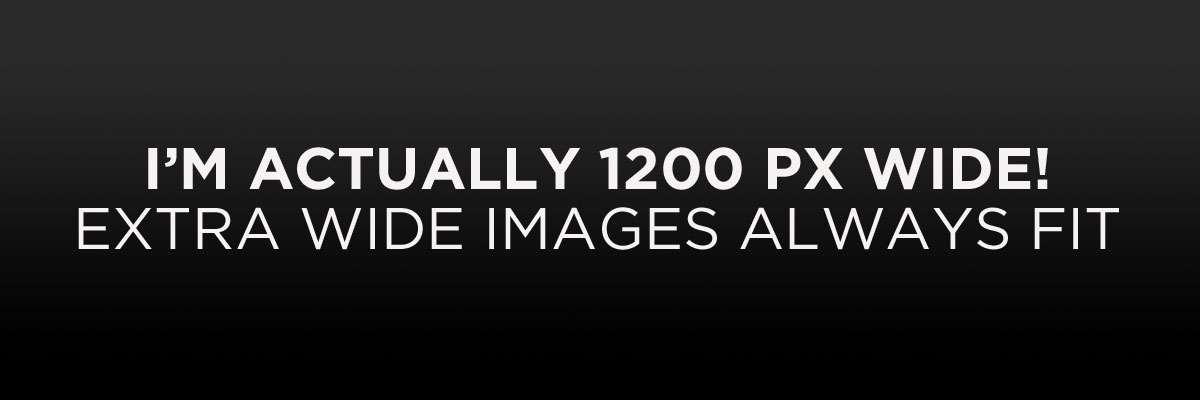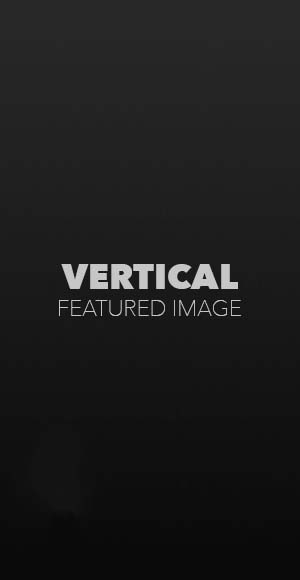Ah, an excellent treatise on photography as a profession or side-job. Excerpt below:
The most remarkable news-photographs ever made—they were exposed at the South Pole—brought $3,000 from Leslie’s (now no longer published) for “First Rights,” and $1,000 more from International Feature Service for “Second Rights.” Some photographers have realized hundreds of dollars from lucky shots; an extraordinary photograph may bring from $25 to $100; but the average price paid is $3.00; and, indeed, there are some editors who unblushingly offer as little as ten or twenty-five cents for prints; and some who find it impossible, unwise, or unnecessary to pay for prints at all.
Although the average price paid is not astounding, it is a good return on the cost of making; also, the abundant opportunities for salable prints compensate for what each cheque lacks. A photographer who is wide-awake and moving ought not to find it difficult to sell at least ten prints each week, if not more, when one considers the large number of available subjects and the multitude of magazines.
Newspapers pay for prints according to their breadth of circulation. A widely-read daily will pay more for photographs than one of small circulation. Very often, newspaper-editors prefer that the press-photographer send a bill for his services. If you are asked to do that, do not hesitate to charge a price you think is entirely just; but don’t grasp the opportunity to profiteer. Better, discover the price asked by the newspaper’s favorite commercial-photographer, and mark down your price accordingly. That is business; it isn’t taking an unfair advantage.
Whatever the price that is paid, don’t object if you think it is too low; accept the payment and seek a more remunerative market next time. This applies to magazines as well as to newspapers.
The prices paid by magazines vary likewise, but none of any reputation pays less than one dollar per print. There are many factors which decide the size of the cheque which the press-photographer receives. The first is the circulation of the publication, for its financial reserve depends on the number of buyers. The size of the print in some instances decides the price paid. Thus, one magazine pays $1.00 for prints of one size and $2.00 for larger ones. However, there are not many magazines who pay according to the size of print.
Sometimes, retouching must be applied to a print in order to make it suitable for reproduction; and, as the service of a retoucher is expensive, something is deducted from the photographer’s cheque to pay for the work. Popular Science is a magazine of that policy. The photographer can avoid such deductions from his cheques by supplying photographs of such quality that they will need no retouching.
If a photograph is offered for the exclusive use of one magazine it may bring a higher price than if it were non-exclusive. Thus, Collier’s pays $3.00 for non-exclusive prints and $5.00 for exclusive ones. Some few magazines rarely accept any print that is not exclusive; indeed, non-exclusiveness may be a reason for rejection. Calendar-makers and postcard-makers, of course, buy only exclusive rights. A publisher is always more favorably inclined toward an exclusive than toward a non-exclusive print; and, very often, the added favor means added dollars to the payment.
The use to which a print is put is also a deciding factor in payment. A print bought for use as a cover-illustration will bring home a bigger cheque than if it were used merely as one of many illustrations. Too, Illustrated World pays $3.00 and more for prints used in its pictorial section, but $2.00 for those used in its mechanical department. Other magazines do not make this distinction.
After all, the price paid depends wholly on the usefulness and quality of the print. If, sometimes, as in the case of the Ladies’ Home Journal, the payment is made with a view to the photographer’s reputation, it is only because news-photographers of experience produce prints of a higher average quality than beginners do. But, if a beginner “delivers the goods,” the editor is just as glad to pay to him the large cheque as he is to pay it to any one else.
A few examples of prices paid will be of interest. Collier’s pays $3.00 for non-exclusive prints and $5.00 for exclusive prints, and from $25.00 to $100.00 a page for layouts (spreads). Illustrated World pays $3.00 for each print. Popular Mechanics pays $3.00 and up, and $25.00 a page for layouts. Popular Science reimburses at the rate of $3.00 for each photograph, and sometimes more. The Saturday Blade pays $2.00 for each. The Thompson Art Company pays from $1.00 to $5.00. Underwood and Underwood pay from $3.00 and up, according to the value of the print. The Woodman and Teirman Printing Company pays at rates varying from $5.00 to $50.00.
“But when is payment made?” you ask. The answer is, “Either upon acceptance or upon publication.”
By far, most magazines pay according to the more desirable plan—upon acceptance. As soon as such a magazine decides that a photograph is useful to it, it mails a cheque to the sender. Sometimes, a receipt is sent with the cheque, which the recipient must sign and return; but, more often, the cheque itself is the receipt. Payment upon acceptance is by far the more desirable method, for with it the worker is paid as soon as his work is done; there is no waiting for weeks and months for payment, as in the case of pay-on-publication magazines.
There are a few magazines who wait until the photograph actually appears in the pages of the publication before payment is made. In such cases, the photographer has no recourse but to wait until the editor is ready to print his contribution whenever it may be.
In the case of pay-on-publication magazines, notice is usually sent that the photograph has been accepted for publication and that it will be paid for as soon as it is published. Sometimes, no notice is given at all of publication or acceptance; and in that case the photographer must scan each issue of the magazine in order to find his contribution when it appears, or he must wait until the cheque arrives that denotes publication. Either method is uncertain; but there is nothing to do but to endure it. Some publications even wait for some time after publication before making payment, as in the case of the Kansas City Star, which pays on the fifteenth of the month following publication, and the Saturday Blade which also mails all cheques the month following publication. This is a discouraging policy; but as the cheque always arrives in the end, there is little to be said in condemnation of it; the photographer is obliged to make the best of it.
The contributor should always keep a record of prints accepted and to be paid for on publication. Otherwise, by an oversight, a cheque for published material may never come, and the photographer may never miss it. Too, a cheque may arrive unexpectedly from a forgotten source and cause an attack of heart-failure.
The beginner does not achieve mountain-top prices except by a lucky shot now and then. Prices increase with your experience and your reputation.
The photographer who develops his “nose for news” until it can scent a salable photograph in every conceivable situation is the photographer who has the large cheques forced upon him.
The sky-high cheques come to the camerist who, night and day, through sunshine and storm, earthquake and cyclone, is always “hot on the trail” of the salable photograph that is tucked away somewhere, where only a keen scent and a large amount of perseverance can lead him; and when he arrives, the subject will be singing truthfully, “Shoot me and the wor-rld is tha-hine.” There are enough of these subjects to shame the biggest choir on earth by their “singing.” However, the photographer must know good music when he hears it.
Have you ever wakened in the drear dead of a dismal night, possessed body and soul with a great desire—an incontrollable, all-moving, all-consuming, maddening desire that knows no satisfaction—a desire for a new camera or a better lens? It is a sensation more disconcerting than that of the father who is detected by his small son in the act of rifling the latter’s bank for car-fare. Never would I be so unwise as to cultivate that desire in any one; for that reason I do not here go deeply into a discussion of the best kind of camera for press-photography! Unless the camera you now possess is of a hopelessly mediocre grade, it will do very well.
A reflex camera is of course the ideal instrument for the purpose, for sharp focusing is so easy and so necessary. The high speeds of the focal-plane shutter incorporated into such a camera will rarely be utilised by the average user; but its other features are admirable.
However, the hand-camera of the folding type is supreme. It is so light it can be carried for a long time without fatigue; the user of one is inconspicuous when making exposures; the cost of operation as well as the original outlay is comparatively small—and there are several dozen more things in favor of it, including its greater depth-of-field, which is most important.
The lens is the heart of the camera, and some cameras have “heart-trouble.” If you intend seriously to market photographs you should possess an anastigmat lens; not necessarily an F/4.5 lens, nor even an F/6.3 lens if too expensive; in that case an F/7.5 lens will do very well. An F/7.5 anastigmat is slightly slower than a rapid-rectilinear of U.S.4 aperture; but its excellence lies in its ability—as with all anastigmats—to form images of razor-edge sharpness, which is a prime requisite of a print intended to grace a page of a periodical. A rapid-rectilinear lens will do very well if you are always assured of sunshine or bright clouds to supply exposure-light—and in such conditions even the lowly single-achromatic lens will suffice.
Now you see I have agreed that virtually any lens that will form a sharp image will meet the requirements. Indeed, to paraphrase Lincoln: “For the sort of thing a lens is intended to do, I would say it is just the lens to do it.” In other words, each lens has its limitations and abilities very sharply defined; and these limits the user must know and appreciate.
And the shutter; it is folly to put a poor lens in a good shutter, and just as absurd to do the opposite. An expensive shutter with high speeds cannot be successfully used except with a lens capable of large aperture—otherwise underexposure will result. A speed of 1/300 second is the highest available in an ordinary between-the-lens shutter, and that is sufficient for almost anything.
The slower speeds, as one-fifth, one-half and one second are in my opinion more usable than the extremely fast ones. Speeds varying from one second to 1/300 second are embodied in two well-known shutters: the Optimo and the Ilex Acme. The one is on a par with the other. But no such high-grade shutter is needed unless the high speeds are necessary to the user, for the slower speeds may be given with the indicator at B. But enough! This is not a manual on the elements of photography.
The requirements of the apparatus to be used for press-photography are that the lens produce a sharp and clear image, the shutter work accurately, and the whole be brought into play quickly.
I have used every sort of camera; reflex, 8 × 10 view, 5 × 7 view, hand-cameras with anastigmat, rapid-rectilinear and single lenses, and box-cameras, and they are all entirely satisfactory “for the things they were intended to do.”
The camera I have used most and which is my favorite is a Folding Kodak, that makes 3¼ by 4¼ photographs, and is equipped with an Ilex Anastigmat working at F/6.3, in an Ilex Acme shutter. To this I have added a direct-view finder for reasons apparent to any one who has tried to photograph high-speed subjects by peeking into the little reflecting-finder. This camera has served me admirably for interiors, flashlights, outdoors, high-speed work, portraiture, and anything else to which I have applied it. Your own camera should do the same for you.
A photographer comes to know his camera as a mother knows her baby—and if he doesn’t he will be no more successful than the mother who does not understand her child. The camera-worker must forget all about manufacturers’ claims and should judge his tool by experience; he must ignore most of the theory and rely wholly on practice. In short, he must know his camera inside and out, what it will do and what it will not do; everything must be at his finger-tips ready for instant use. Coupled with that is the need of the ability to produce, sometimes, within an hour after making the exposure, crisp, sharp, sparkling prints.
After all, no more qualifications are required of the press-photographer than of most other photographers. He may have to work like lightning, snap his shutter literally under the very hoofs of racing-horses, rush out of a warm and cozy bed into a chill and bleak night—but “it’s all in the game.” If any one of the old veteran press-photographers were to lead the life of an ordinary business-man, he would die of ennui. When the camerist makes photographs for publishers it is zip-dash—and later, cash.
It is the exciting life of a never-sleep reporter, with a camera to manage instead of a pencil.






 The rest of this paragraph is filler for the sake of seeing the text wrap around the 150×150 image, which is left aligned.
The rest of this paragraph is filler for the sake of seeing the text wrap around the 150×150 image, which is left aligned. 

